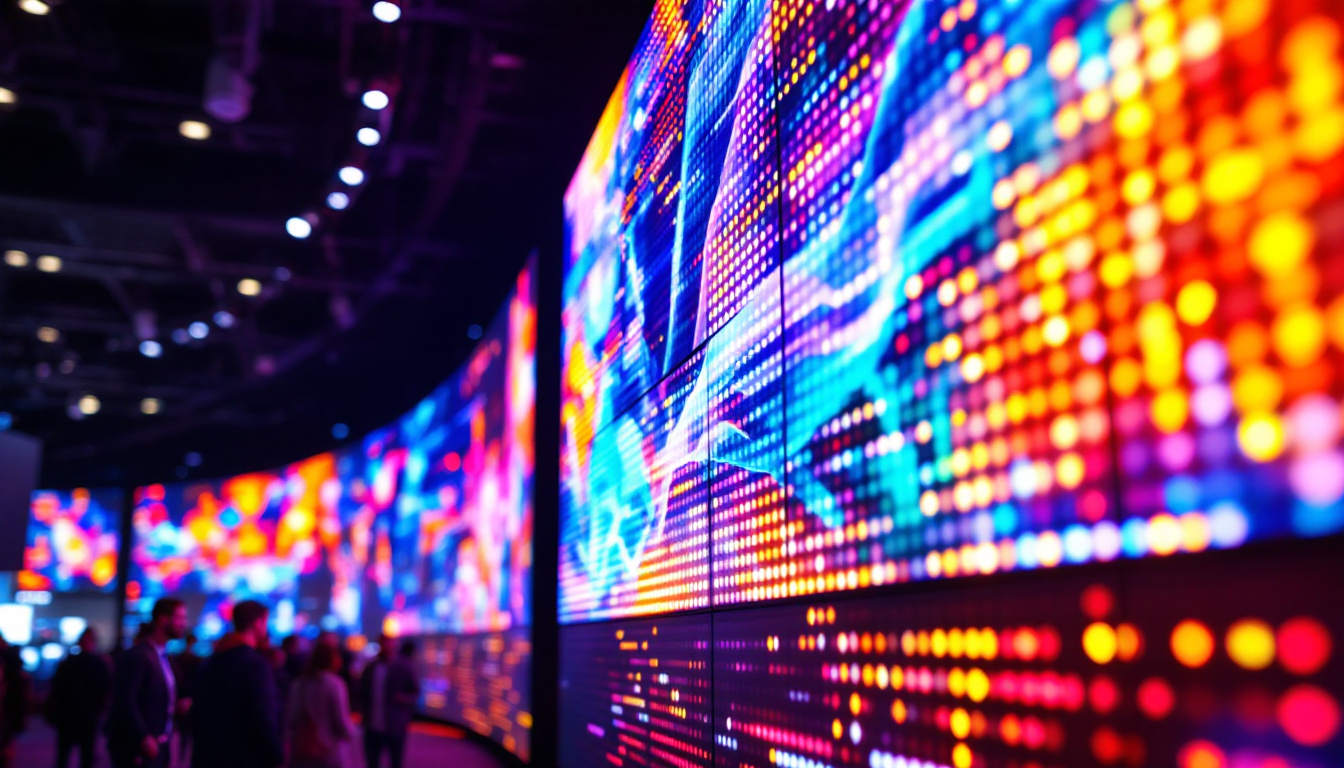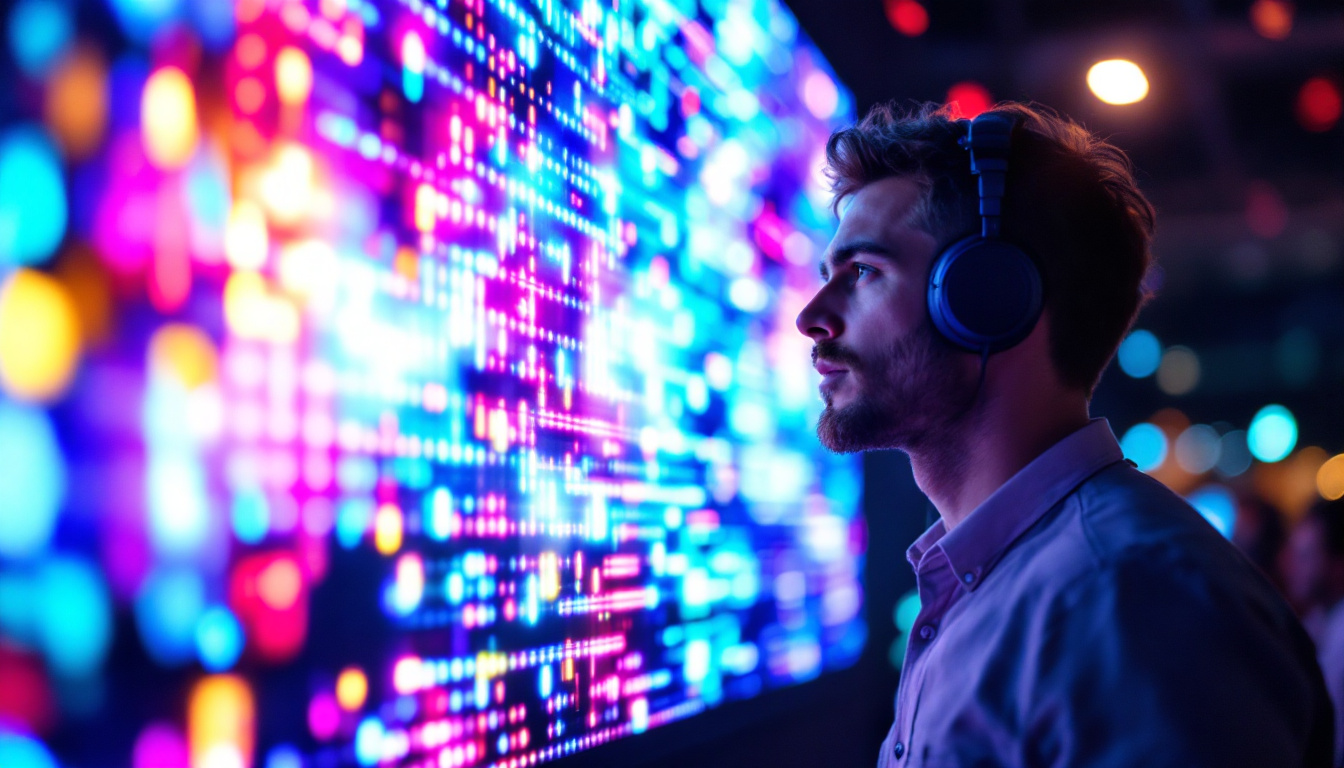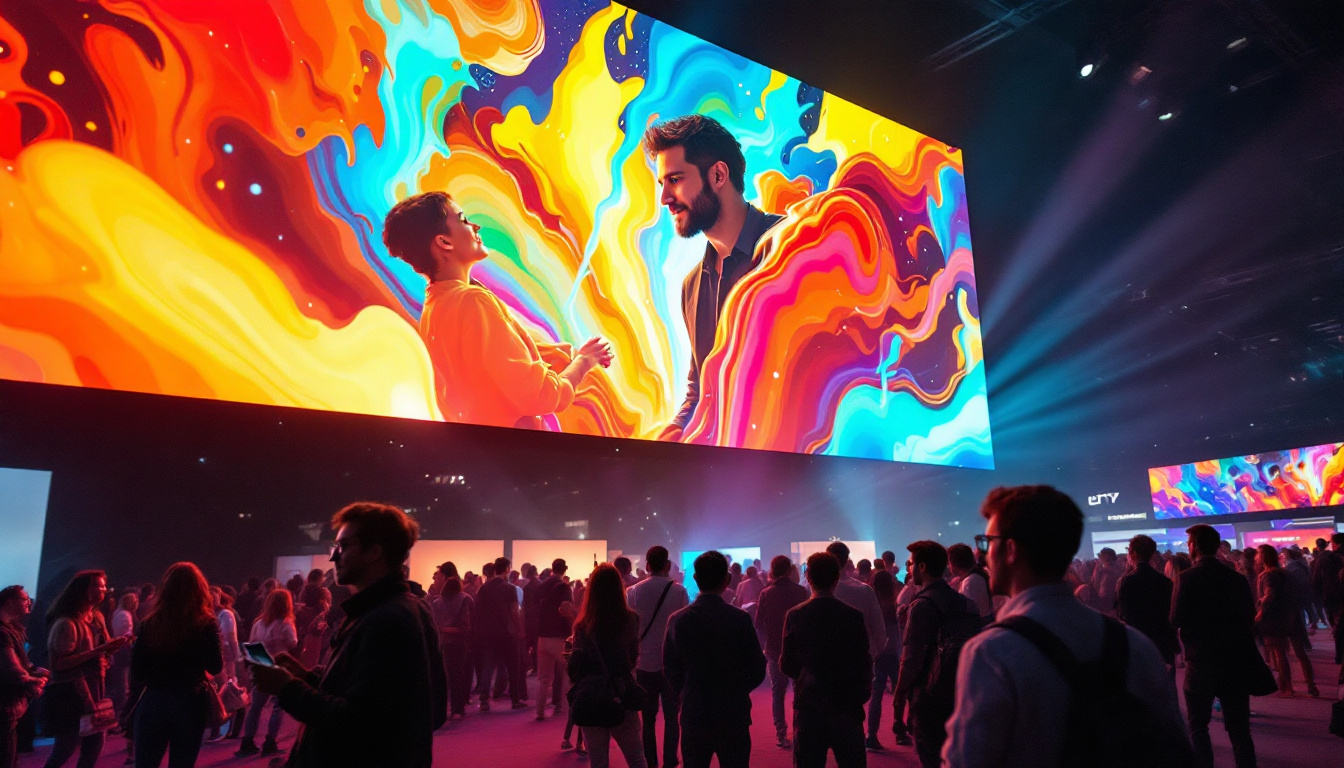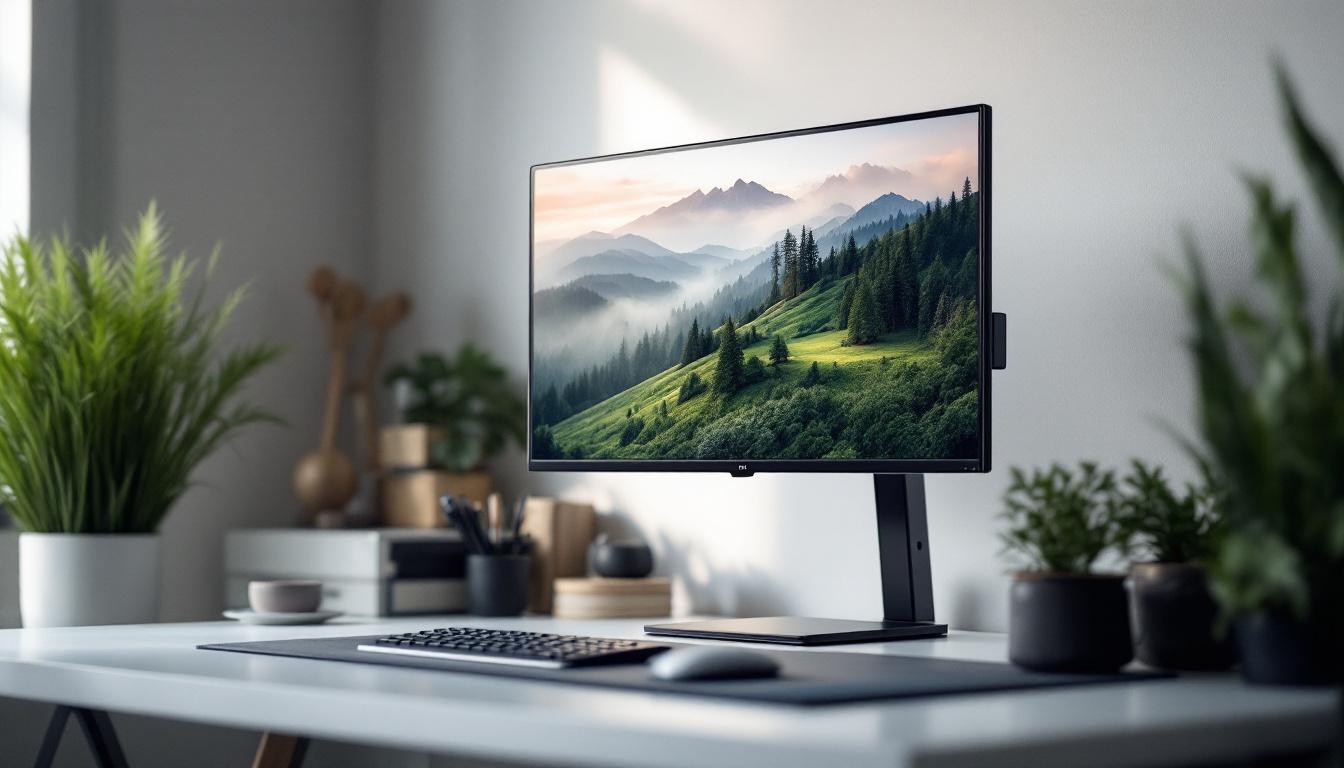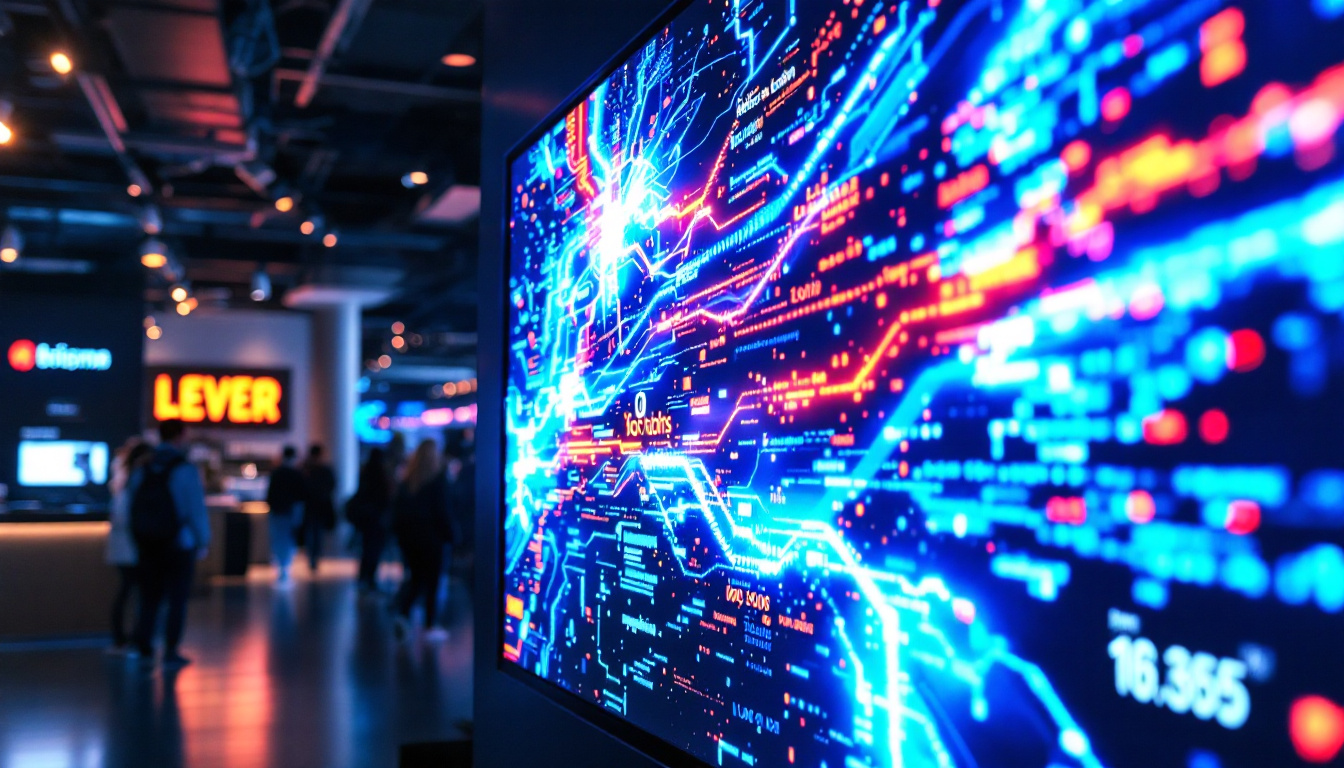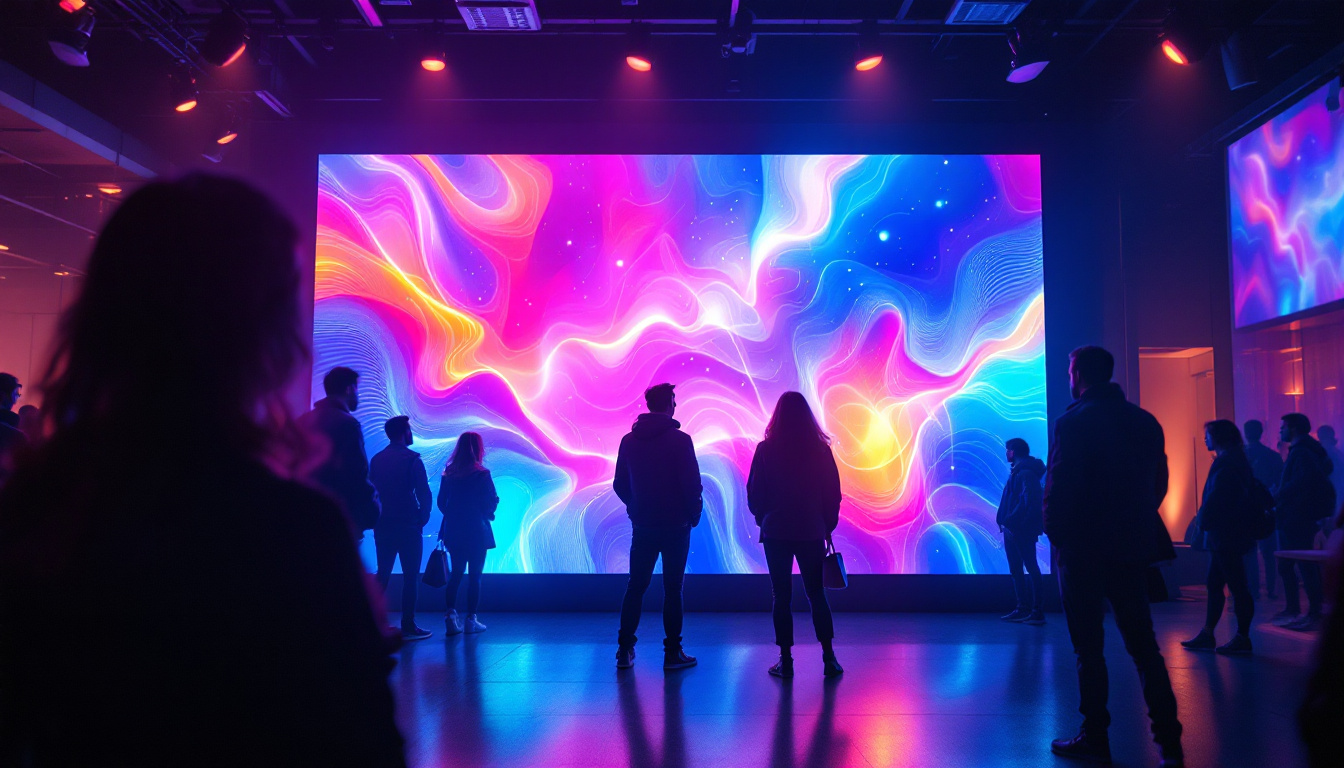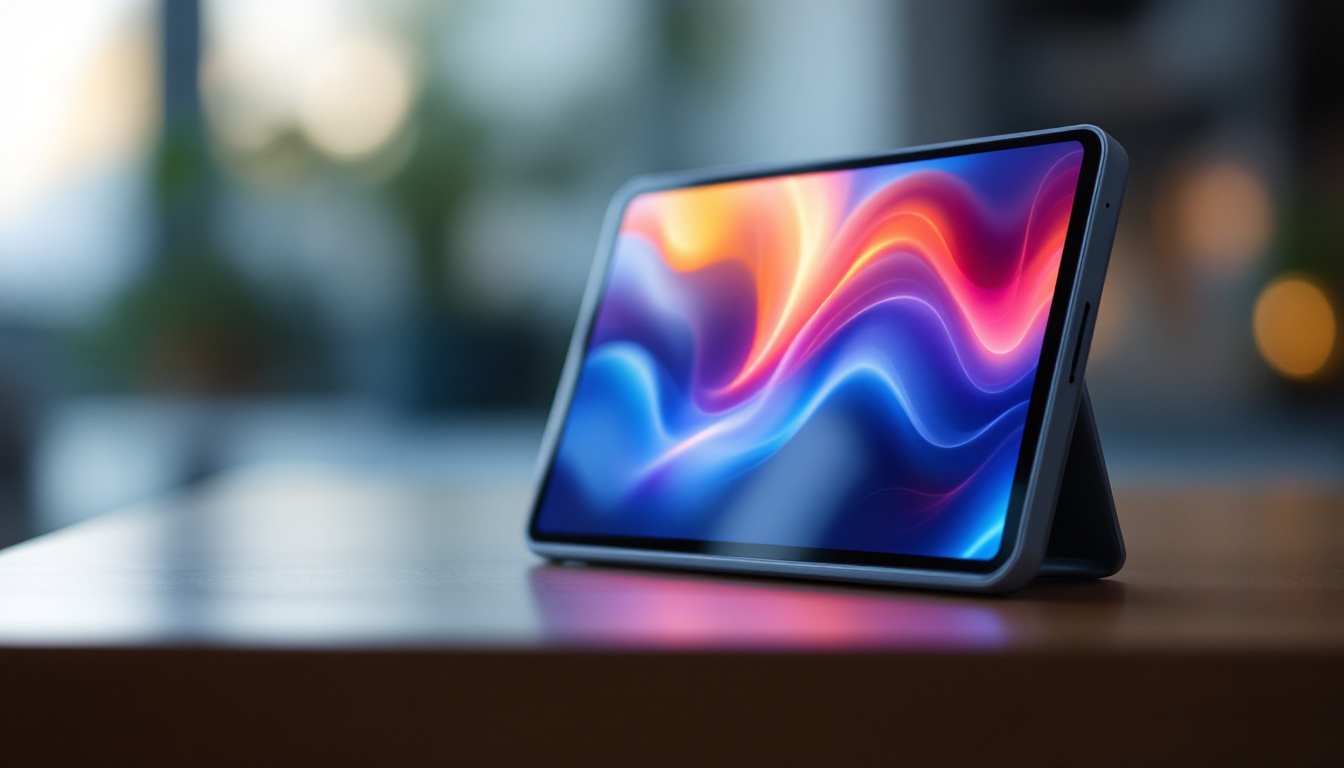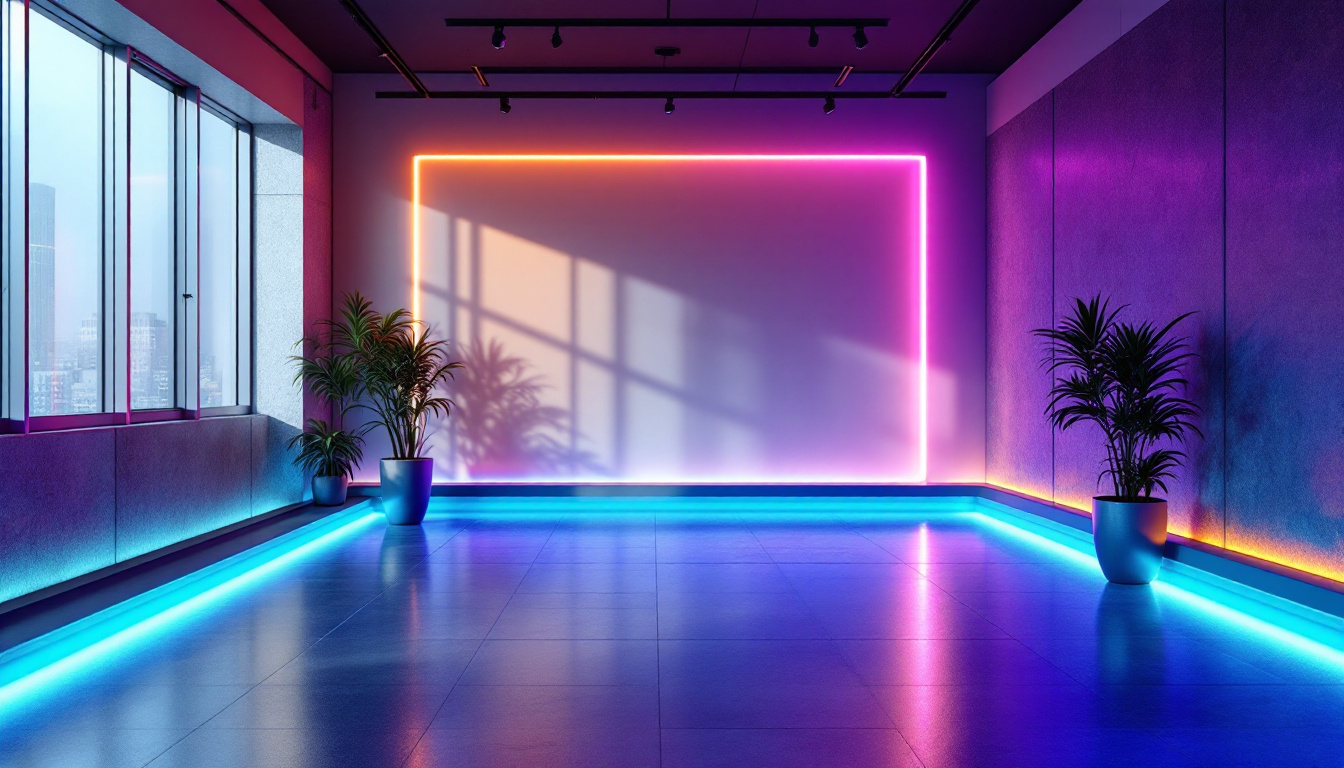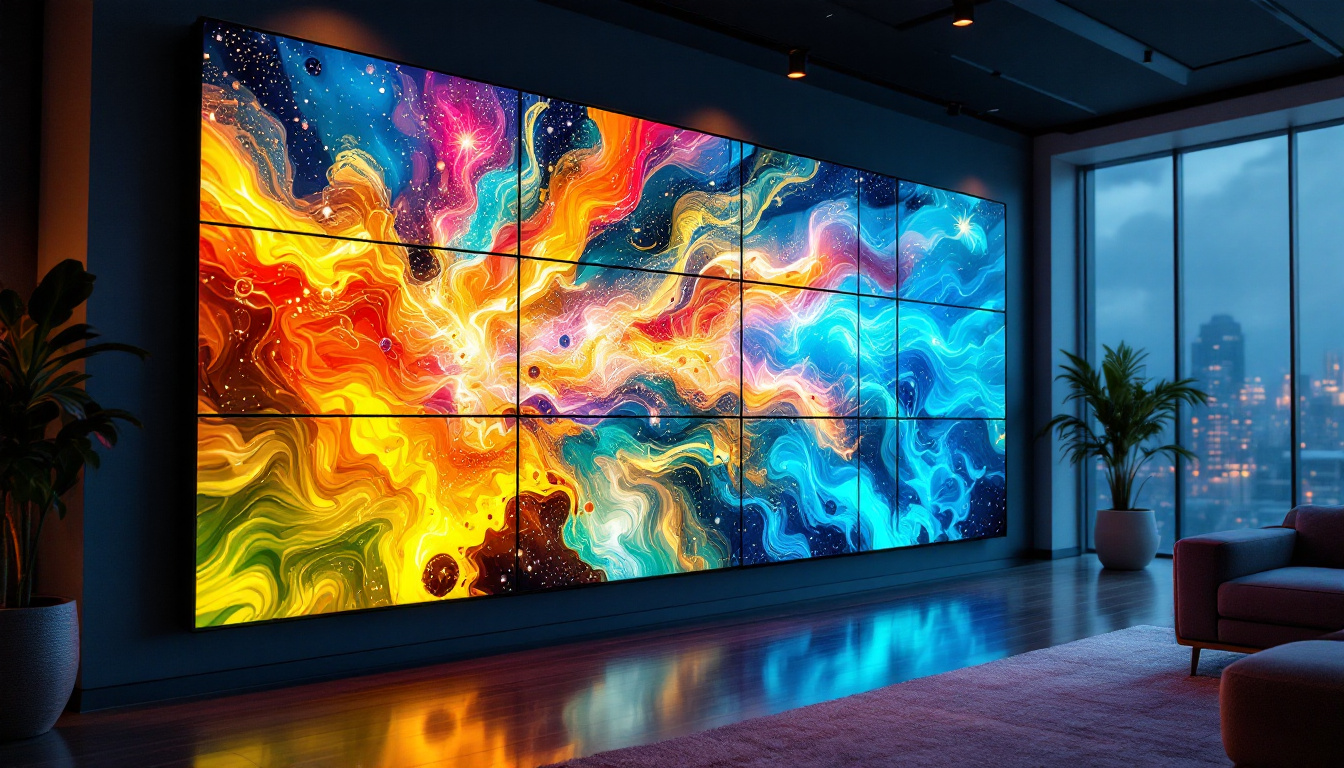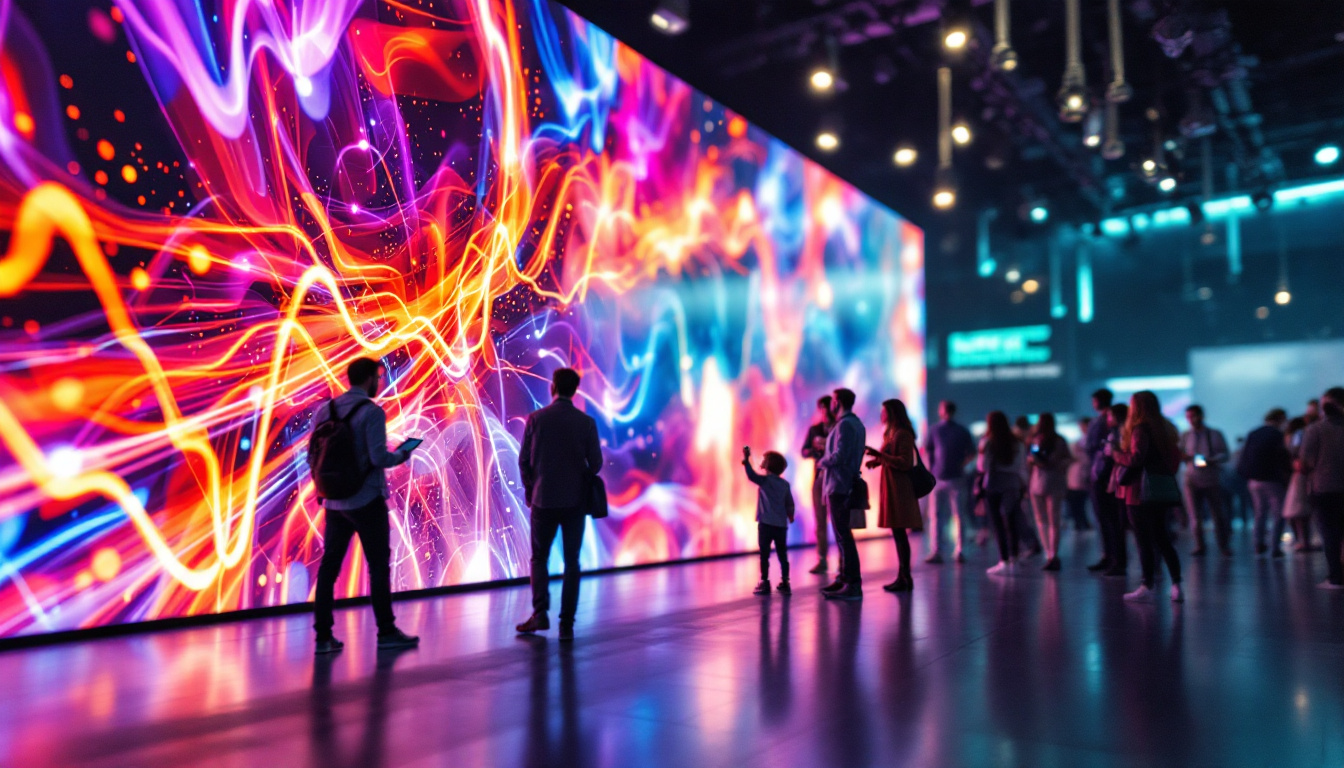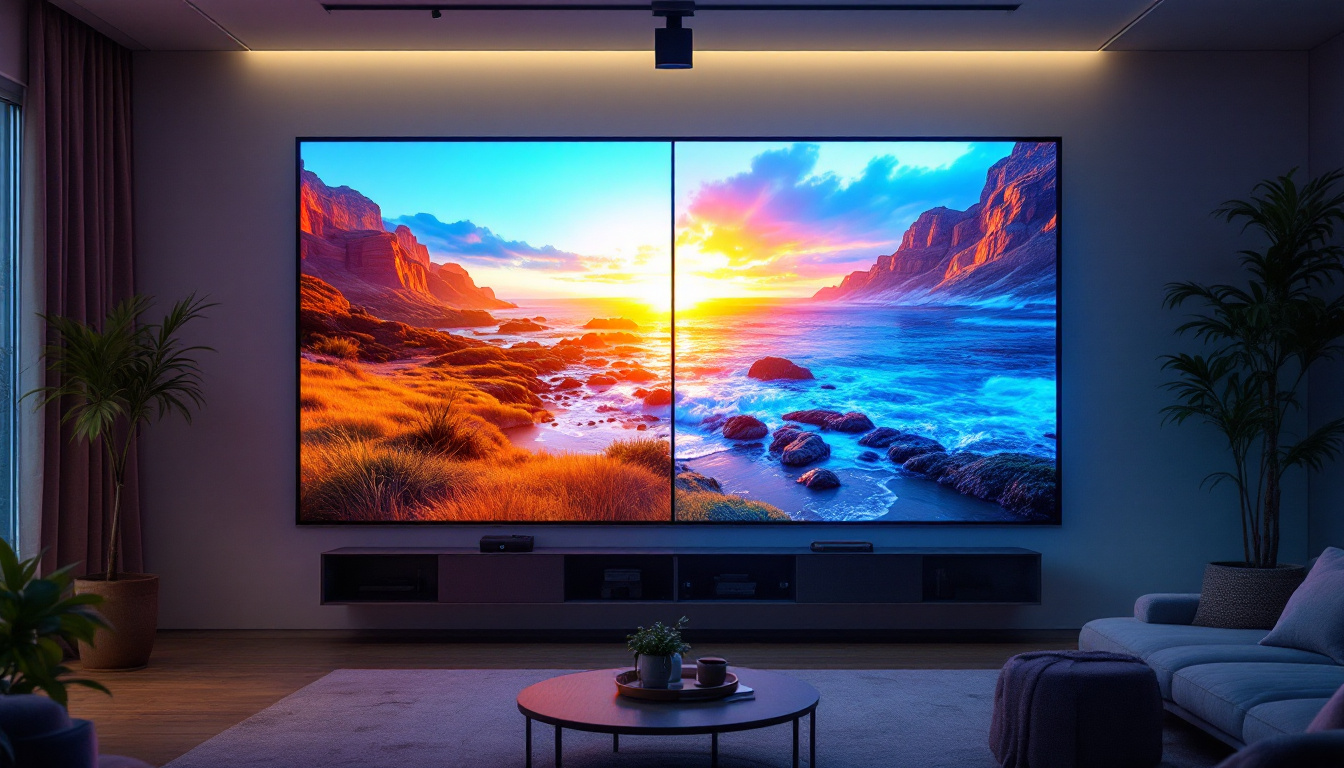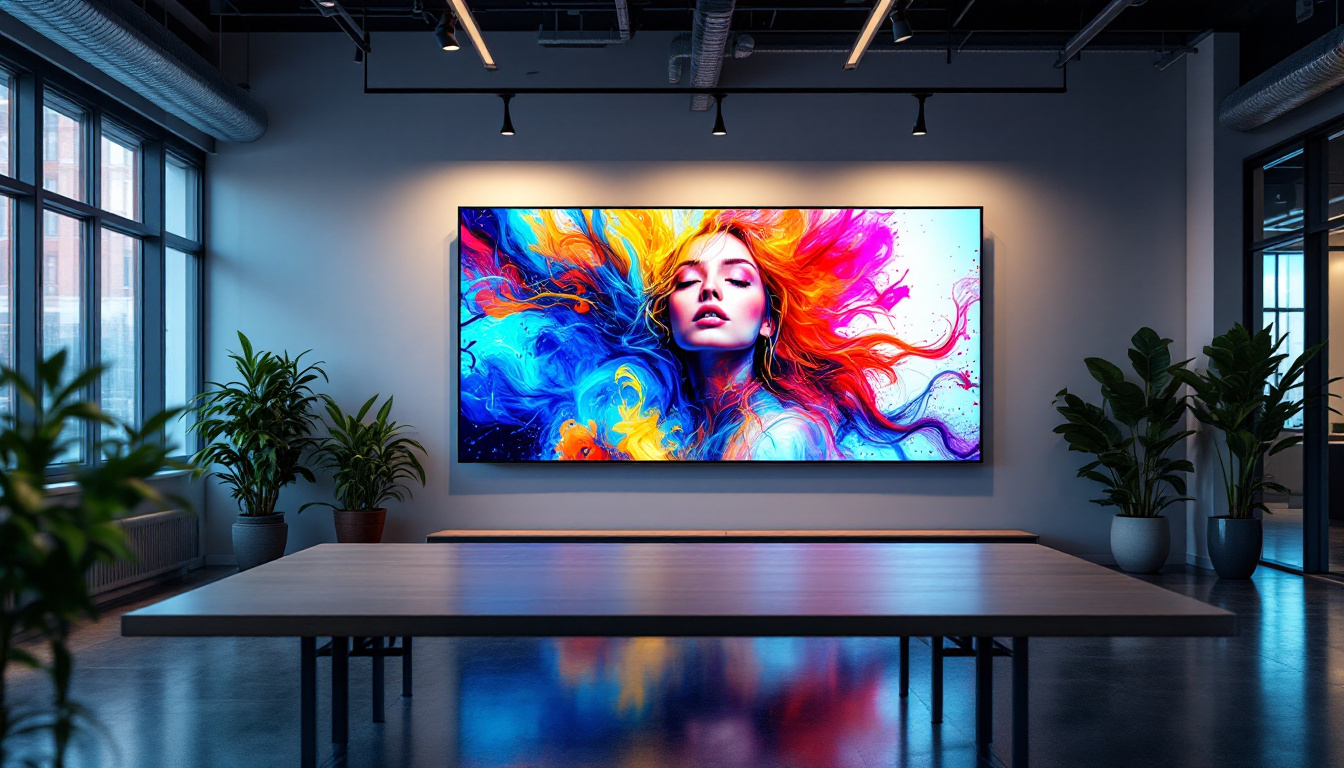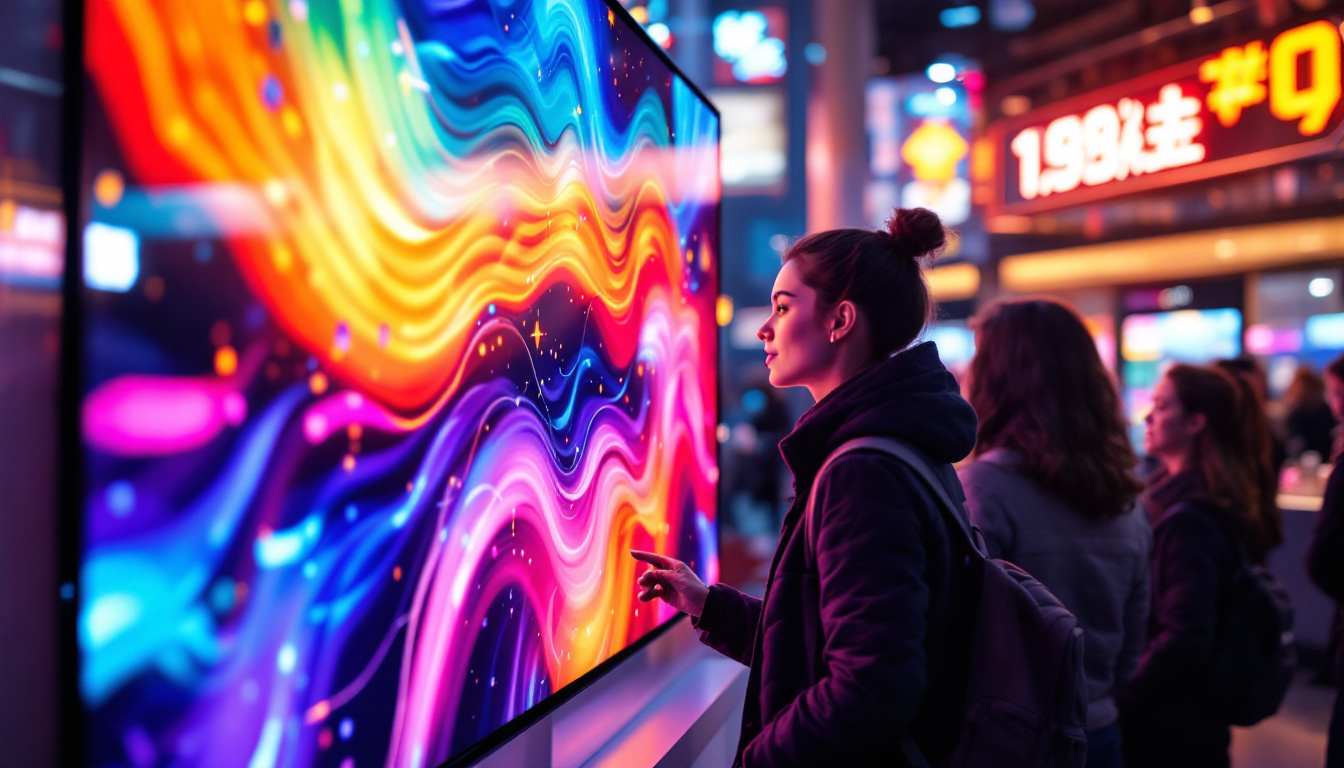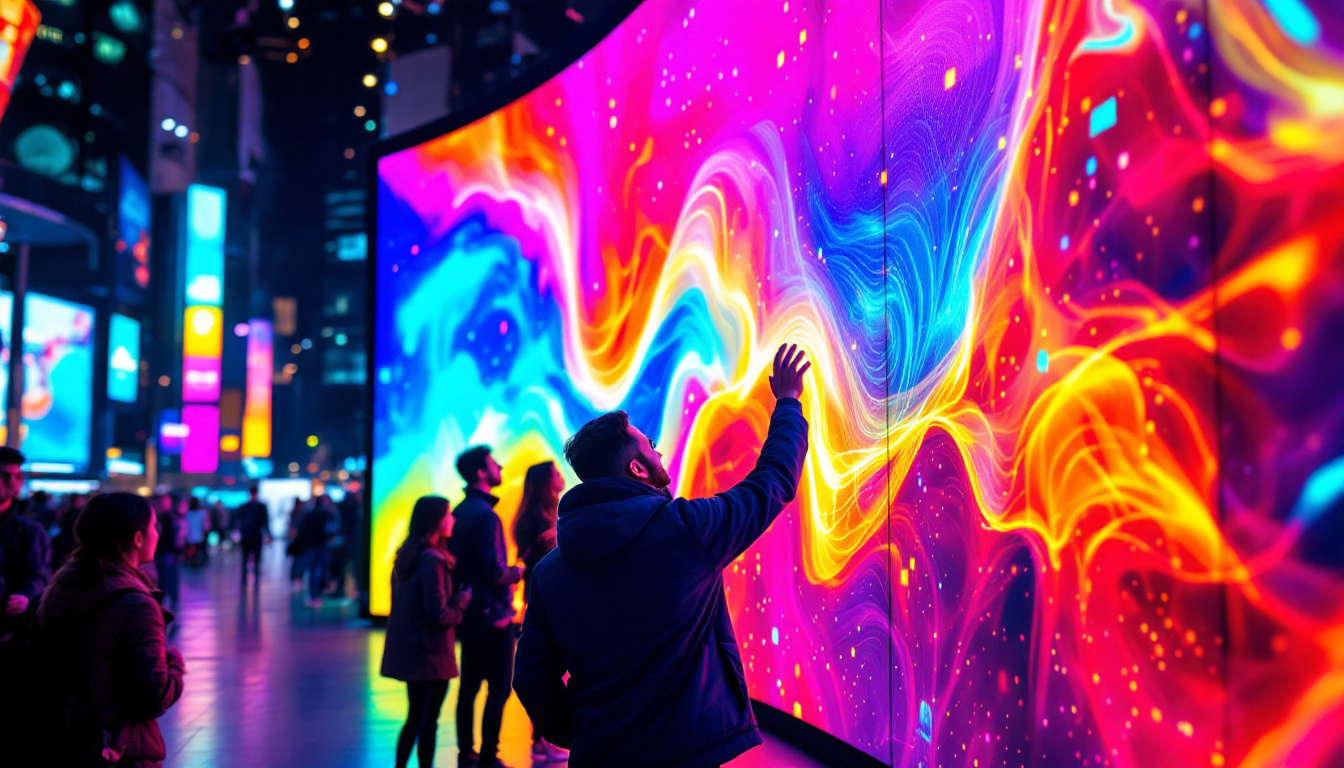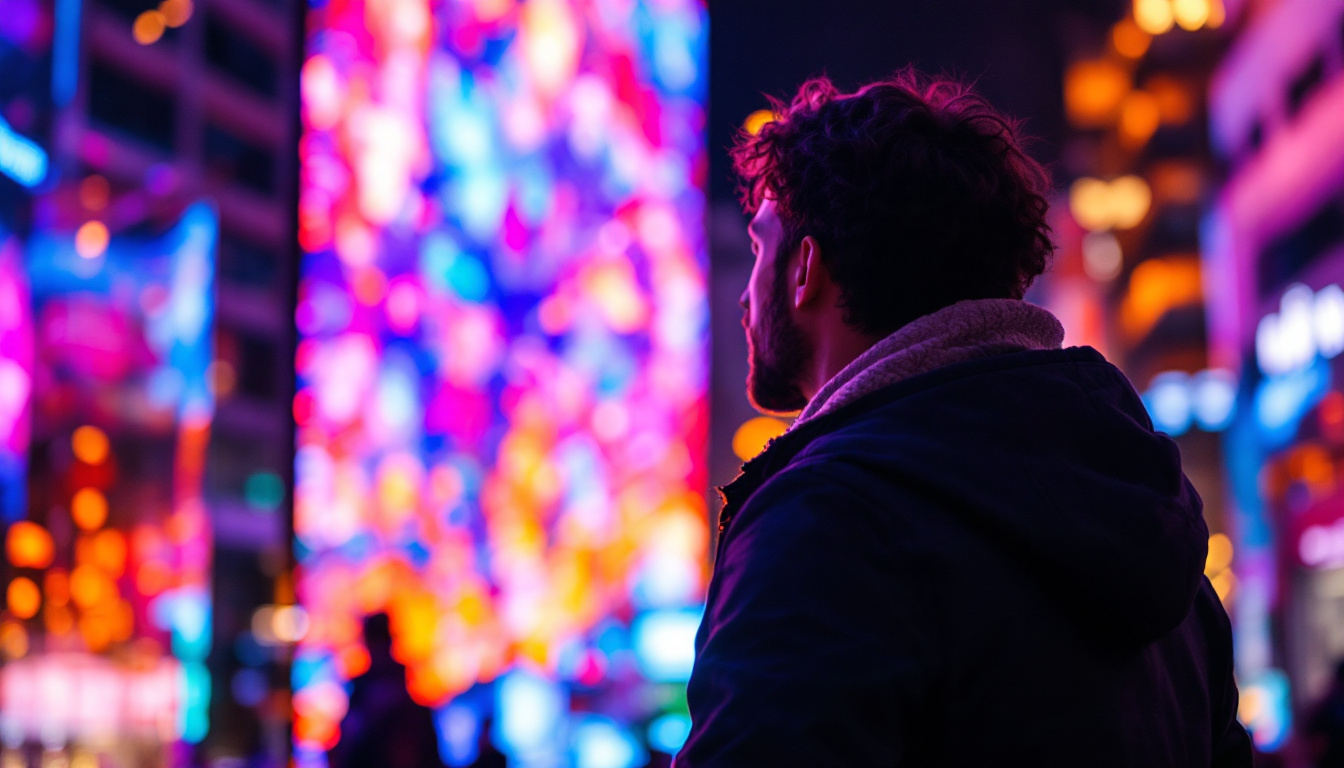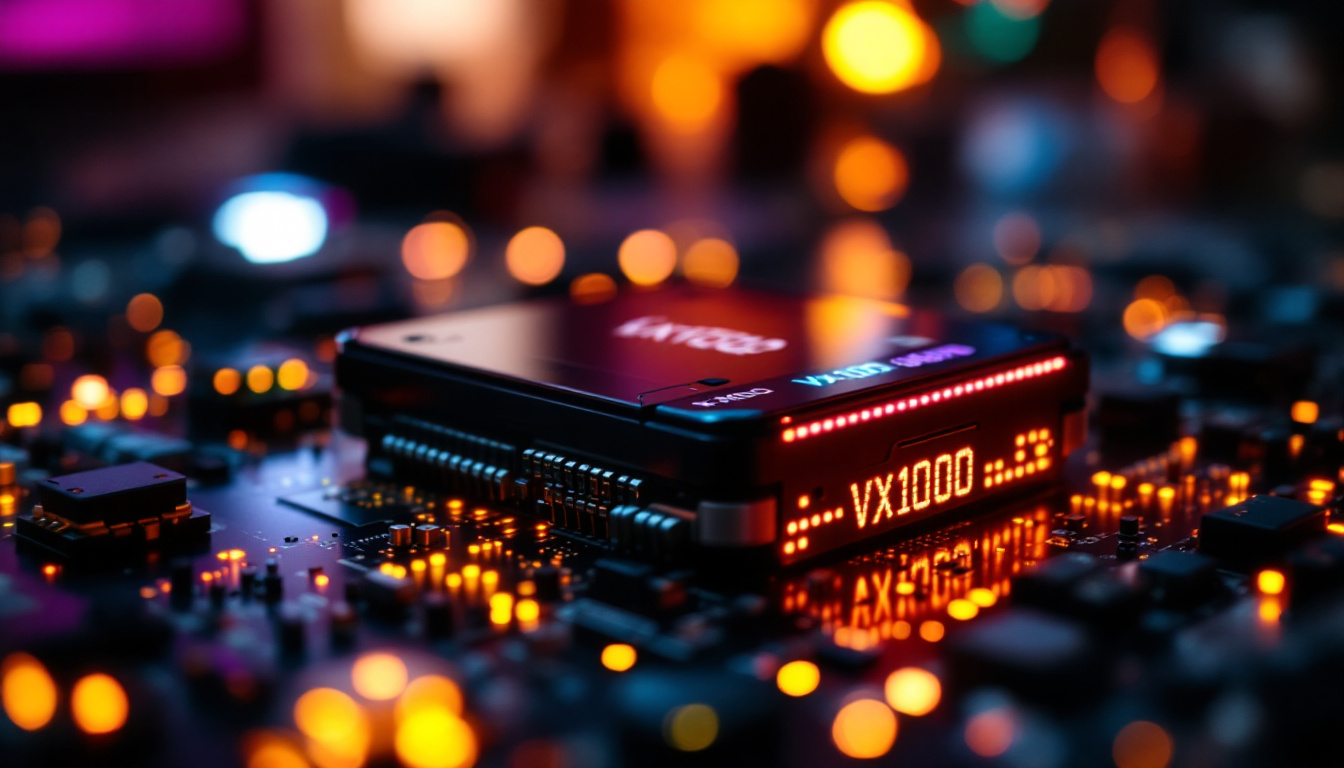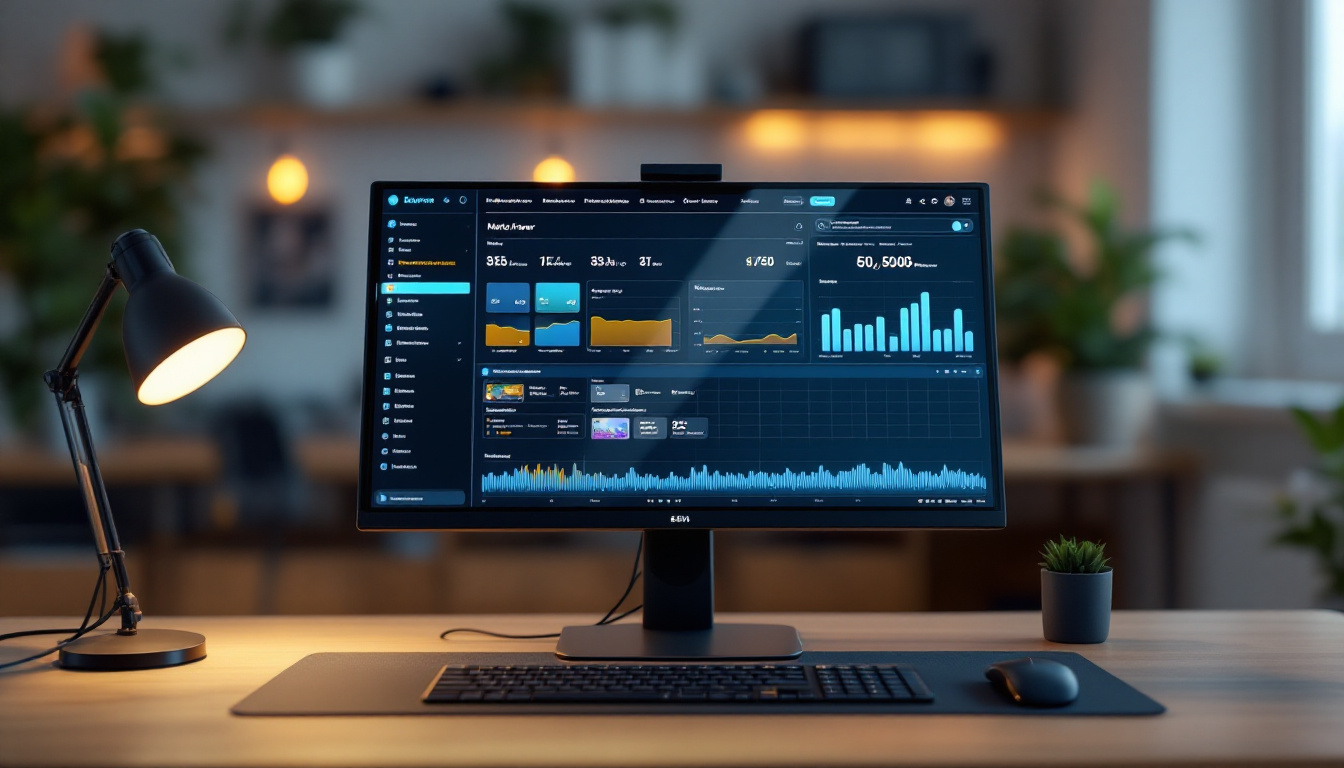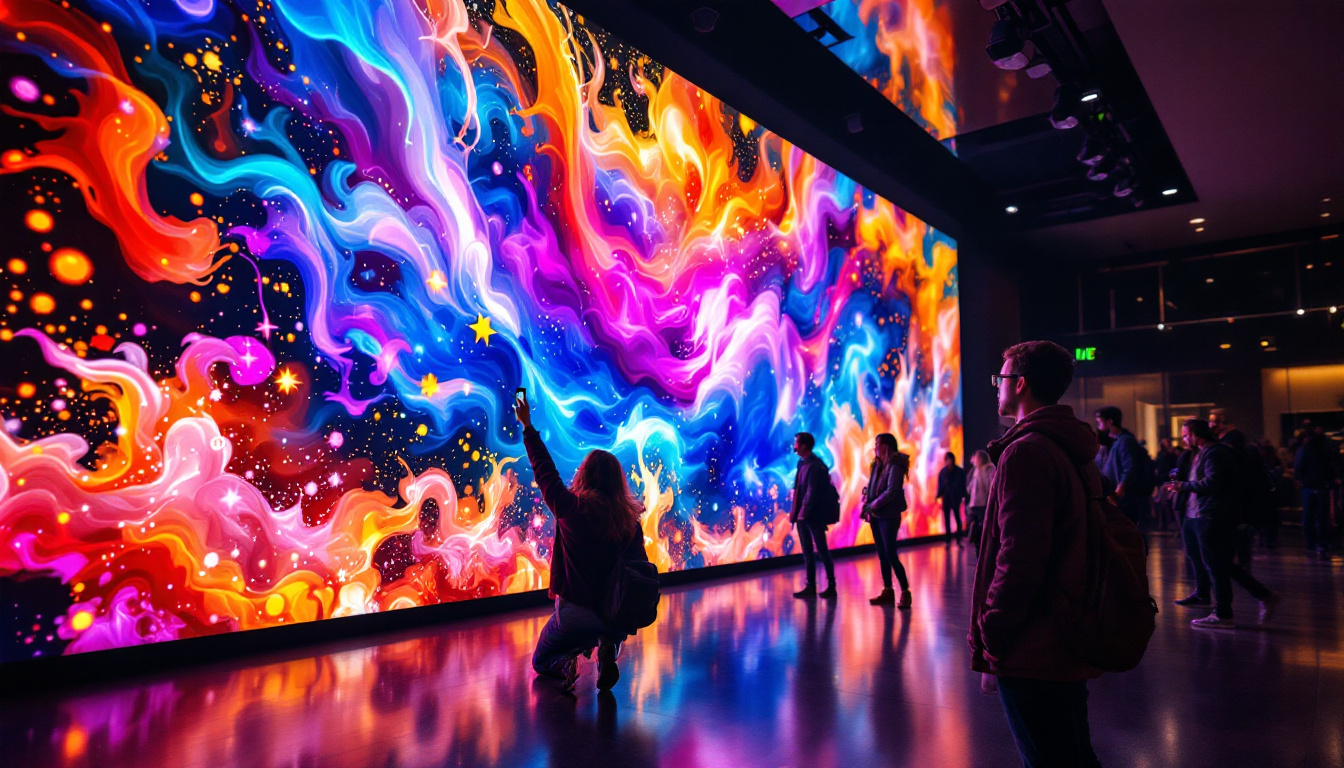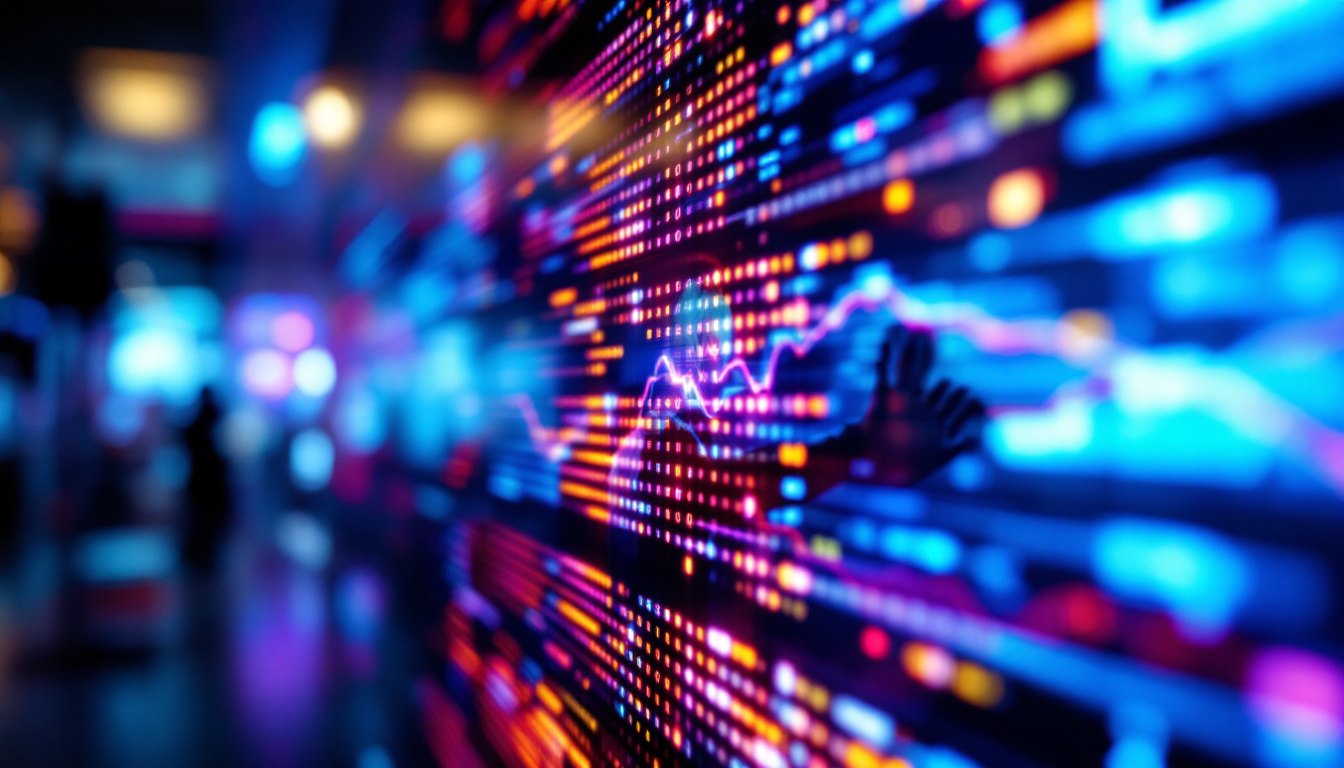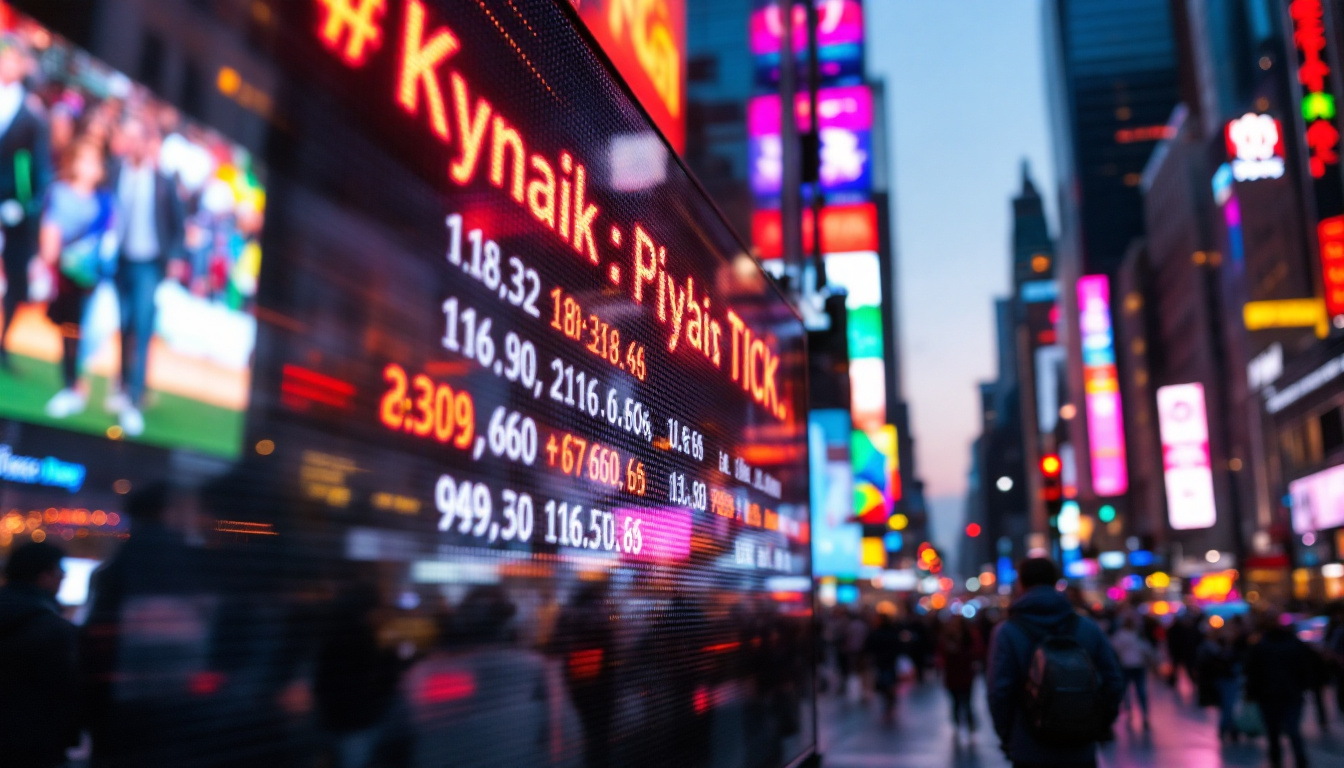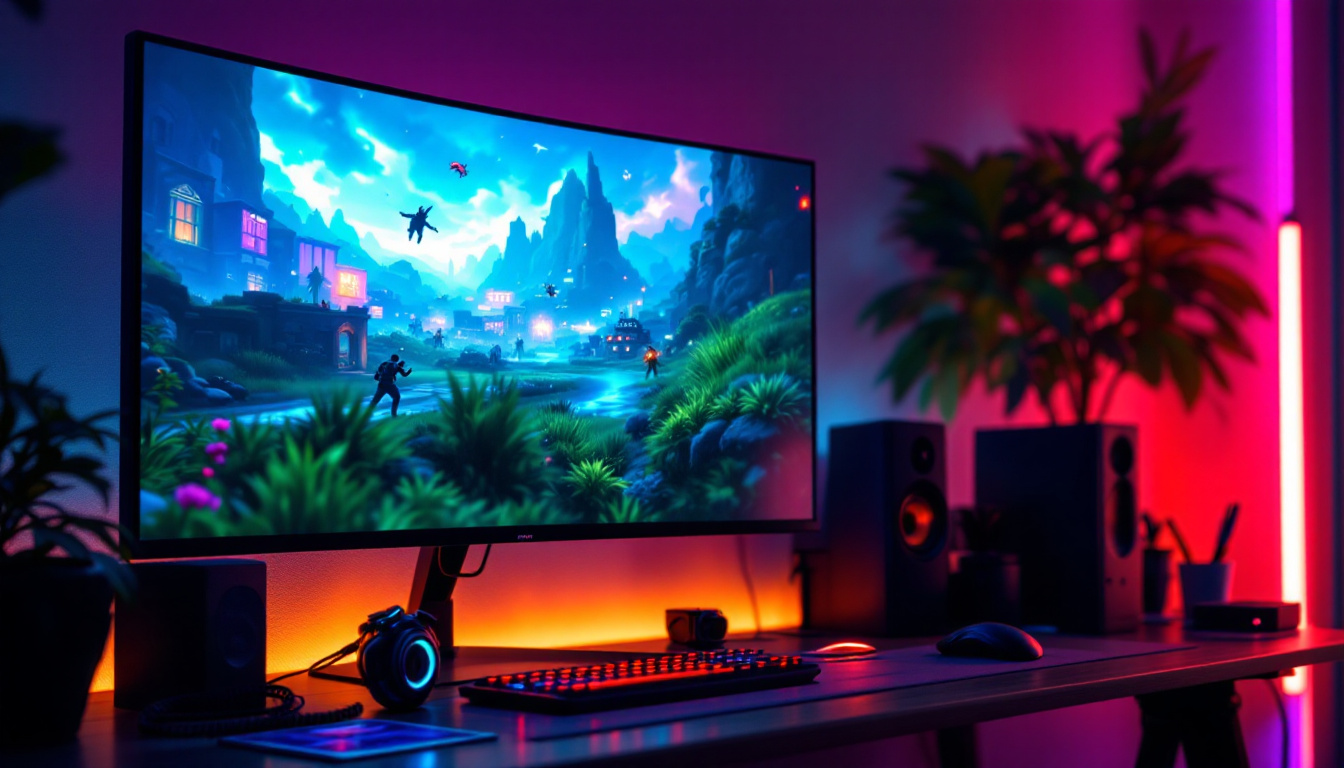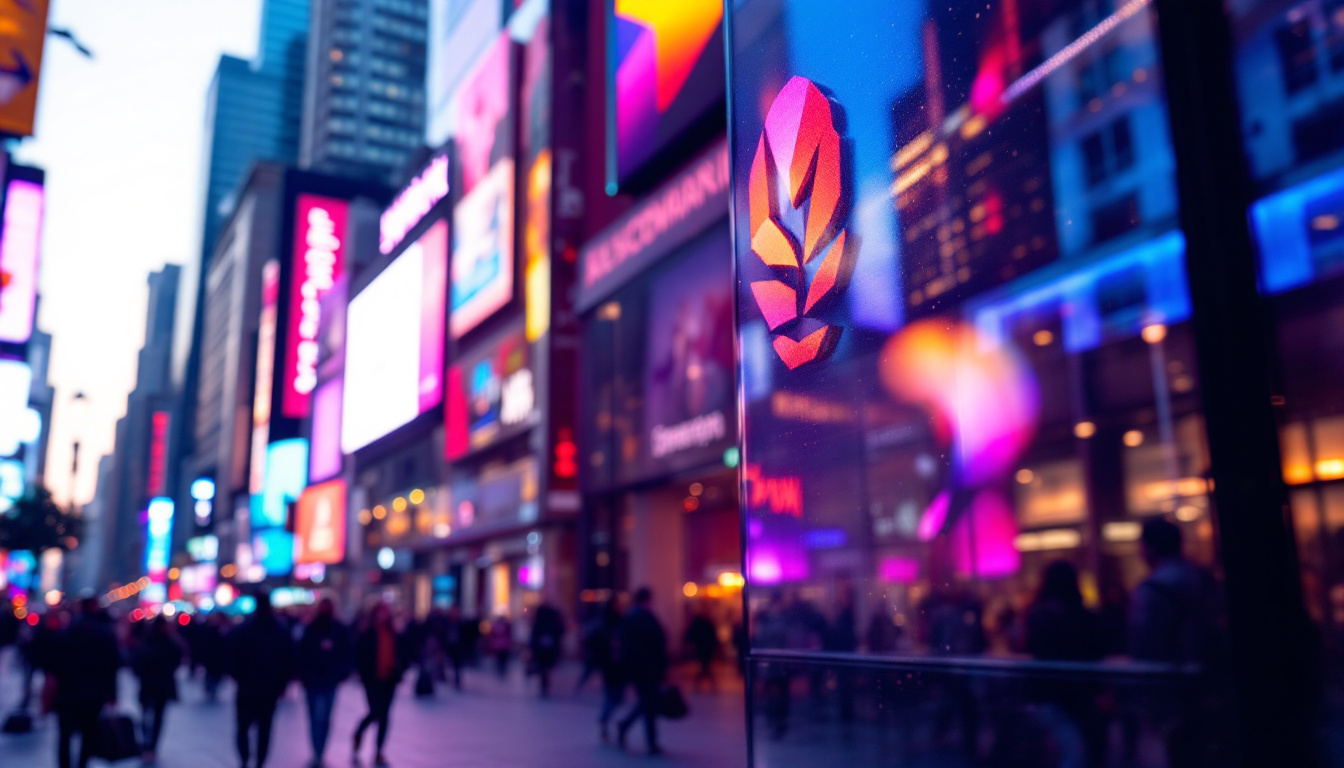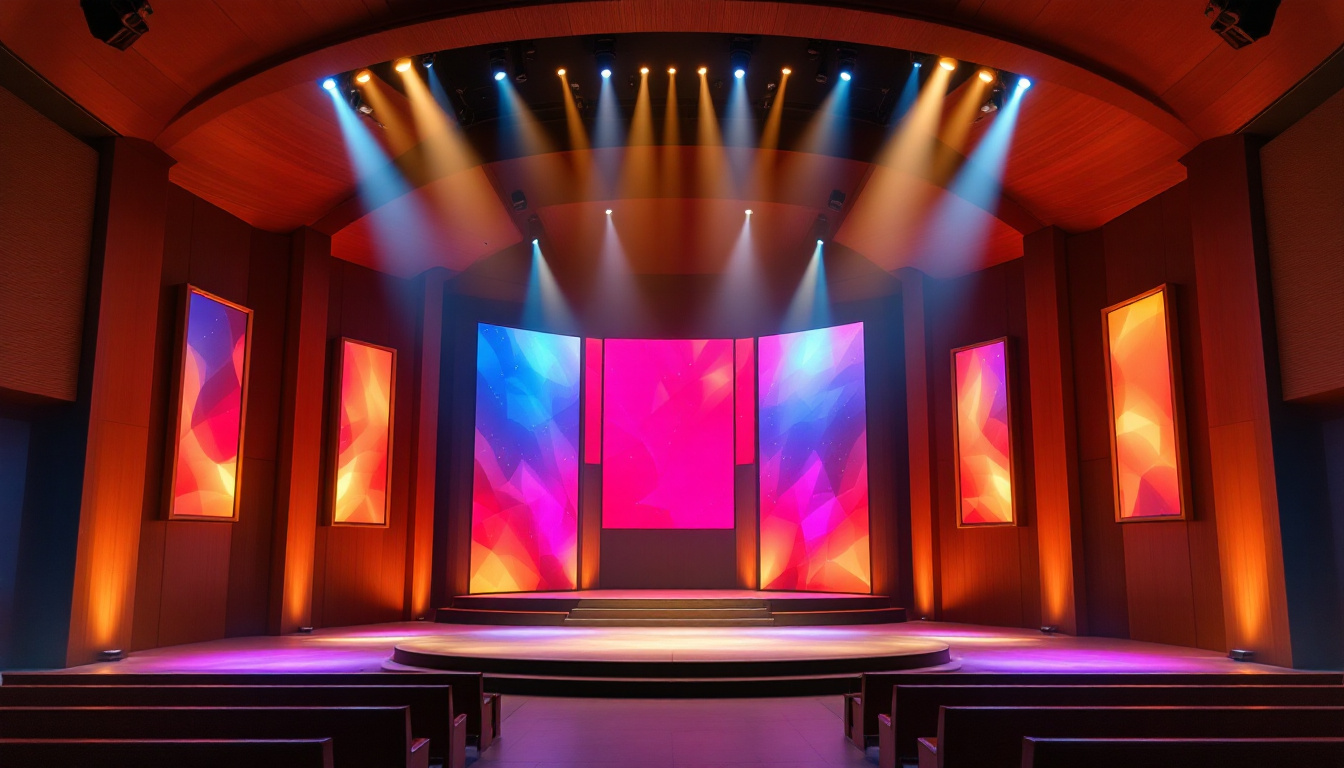NAB Show 2024 Registration: LED Display Explained
The NAB Show 2024 is set to be a landmark event for professionals in the media, entertainment, and technology sectors. As the industry evolves, so do the technologies that drive it. One of the most significant advancements in recent years is LED display technology. This article will explore the intricacies of LED displays, their applications, and why they are essential for modern broadcasting and media production.
Understanding LED Displays
LED displays have revolutionized the way visual content is presented. Unlike traditional display technologies, LED (Light Emitting Diode) displays offer superior brightness, contrast, and energy efficiency. These features make them ideal for a wide range of applications, from large-scale outdoor advertising to intimate indoor settings. The versatility of LED technology has led to its adoption in various industries, including entertainment, retail, and transportation, where vibrant visuals are essential for capturing audience attention.
How LED Technology Works
At the core of LED technology is the semiconductor that emits light when an electric current passes through it. This process is known as electroluminescence. LED displays are composed of numerous tiny diodes arranged in a grid, which can be controlled individually to produce images and videos with remarkable clarity. The intricate design of these displays allows for the creation of complex visual effects, enhancing the overall viewing experience.
The ability to control each pixel independently allows for dynamic content that can adapt to various environments and lighting conditions. This flexibility is crucial for applications in broadcasting, where the quality of visuals can significantly impact viewer engagement. Additionally, advancements in LED technology have led to the development of smart displays that can adjust brightness and color temperature based on ambient light, ensuring optimal visibility at all times.
Types of LED Displays
There are several types of LED displays, each designed for specific applications. The most common types include:
- Direct View LED Displays: These displays are used for large-scale installations, such as billboards and stadium screens. They are known for their high brightness and excellent visibility from long distances, making them ideal for outdoor advertising campaigns that need to capture the attention of passersby.
- LED Video Walls: Comprising multiple LED panels, video walls are often used in control rooms, broadcast studios, and live events. They provide a seamless viewing experience and can display high-resolution content, allowing for immersive presentations that engage viewers on multiple levels.
- Transparent LED Displays: These innovative displays allow for visibility through the screen while still showcasing vibrant content. They are increasingly used in retail environments and architectural applications, providing a unique way to blend advertising with the surrounding environment.
Benefits of LED Displays
The advantages of LED displays extend beyond mere aesthetics. Some of the key benefits include:
- Energy Efficiency: LED displays consume significantly less power compared to traditional display technologies, making them more environmentally friendly and cost-effective. This reduction in energy consumption not only lowers operational costs but also contributes to sustainability efforts across various industries.
- Longevity: LED technology boasts a longer lifespan, often exceeding 100,000 hours, which reduces the need for frequent replacements. This durability ensures that businesses can maintain consistent visual communication without the interruptions caused by display failures.
- High Resolution: With advancements in pixel density, LED displays can now offer stunning resolutions, making them suitable for both close-up and distant viewing. This capability allows for detailed imagery that can convey complex messages effectively, enhancing the overall impact of visual content.
Moreover, LED displays are highly customizable, allowing for various shapes and sizes to fit specific design requirements. This adaptability makes them a popular choice for creative installations, such as art exhibits and interactive displays, where traditional screens may fall short. The integration of LED technology into everyday environments not only enhances aesthetics but also transforms how information is shared and experienced by audiences.
The Role of LED Displays in Broadcasting
In the broadcasting industry, LED displays play a pivotal role in enhancing viewer experience. From news studios to live events, these displays serve various functions that contribute to the overall production quality.
Enhancing Visual Storytelling
Visual storytelling is at the heart of effective broadcasting. LED displays allow broadcasters to present information dynamically, using graphics, animations, and live feeds. This capability not only captures audience attention but also aids in conveying complex messages in an easily digestible format.
For instance, during live sports events, LED displays can showcase real-time statistics, player profiles, and instant replays, enriching the viewer’s experience and providing context to the action on screen.
Setting the Scene in Studios
In a studio environment, LED displays can transform the backdrop, creating immersive settings that enhance the narrative. By utilizing large video walls or backlit screens, producers can create visually stunning environments that engage viewers more effectively.
Moreover, the flexibility of LED technology allows for quick changes in scenery, enabling broadcasters to adapt to different segments of a program without significant downtime or logistical challenges.
Live Event Applications
For live events, LED displays are indispensable. They provide clear visuals to large audiences, ensuring that everyone, regardless of their seating position, can enjoy the show. From concerts to corporate events, the use of LED displays enhances the overall production value.
Additionally, the ability to integrate LED technology with other multimedia elements, such as lighting and sound, allows for a cohesive and captivating experience for attendees.
Challenges and Considerations
While LED displays offer numerous advantages, there are also challenges and considerations that professionals must keep in mind when incorporating this technology into their projects.
Cost Implications
One of the primary considerations when investing in LED technology is the initial cost. High-quality LED displays can be expensive, and organizations must weigh the benefits against their budget constraints. However, it is essential to consider the long-term savings associated with energy efficiency and reduced maintenance costs.
Technical Expertise
Implementing LED displays often requires specialized knowledge and technical expertise. From installation to content management, organizations may need to invest in training or hire professionals to ensure optimal performance. This aspect can add to the overall project cost, but it is crucial for achieving the desired results.
Environmental Factors
The environment in which LED displays are installed can significantly impact their performance. Factors such as ambient light, temperature, and humidity can affect visibility and longevity. Therefore, careful planning and consideration of the installation location are vital to maximize the effectiveness of LED technology.
Future Trends in LED Display Technology
The LED display industry is continuously evolving, with new trends emerging that promise to reshape the landscape of visual technology. Staying informed about these trends is essential for professionals in the field.
MicroLED Technology
MicroLED technology is one of the most exciting advancements in the LED display sector. This technology utilizes tiny micro-sized LEDs to create displays with exceptional brightness, color accuracy, and energy efficiency. MicroLED displays are expected to become increasingly popular for both consumer electronics and professional applications, offering a new level of visual quality.
Flexible and Curved Displays
As the demand for unique and innovative display solutions grows, flexible and curved LED displays are gaining traction. These displays can be shaped to fit unconventional spaces, allowing for creative installations that enhance the viewer’s experience. This trend is particularly relevant in retail and advertising, where eye-catching displays can attract customers and drive engagement.
Integration with AI and AR
The integration of artificial intelligence (AI) and augmented reality (AR) with LED display technology is another trend to watch. AI can optimize content delivery based on viewer preferences, while AR can create interactive experiences that blend the digital and physical worlds. This convergence of technologies promises to redefine how audiences interact with visual content.
Preparing for NAB Show 2024
As the NAB Show 2024 approaches, industry professionals should prepare to explore the latest advancements in LED display technology. Attendees will have the opportunity to engage with experts, attend workshops, and witness firsthand the innovations shaping the future of broadcasting and media.
Registration Details
To attend the NAB Show 2024, registration is essential. Early registration often comes with discounts and ensures access to a wide range of sessions and exhibits. It is advisable to check the official NAB Show website for the latest information on registration fees, deadlines, and available packages.
Networking Opportunities
The NAB Show is not just about learning; it’s also a prime opportunity for networking. Professionals from various sectors converge at this event, providing a platform to connect with peers, potential collaborators, and industry leaders. Building relationships during the show can lead to future partnerships and opportunities.
Exploring Exhibits and Workshops
Attendees should make a plan to explore the exhibits and workshops focused on LED technology. Many leading manufacturers and innovators will showcase their latest products and solutions, providing insights into how these technologies can be applied in real-world scenarios. Participating in workshops can also enhance understanding of technical aspects and best practices.
Conclusion
LED display technology is at the forefront of the broadcasting and media industries, offering unparalleled advantages that enhance viewer engagement and production quality. As the NAB Show 2024 approaches, professionals must stay informed about the latest trends and advancements in this field. By understanding the capabilities and applications of LED displays, attendees can better navigate the evolving landscape of media technology and make informed decisions for their organizations.
In summary, whether it’s through dynamic visual storytelling, enhancing live events, or adapting to new technological trends, LED displays will continue to play a crucial role in shaping the future of broadcasting. Embracing these innovations will not only elevate production values but also ensure that content resonates with audiences in an increasingly competitive market.
Discover LumenMatrix LED Display Solutions
Ready to elevate your broadcasting and media productions with cutting-edge LED display technology? LumenMatrix is at the forefront of innovation, offering a diverse range of LED display modules designed to captivate audiences and amplify your message. From dynamic Indoor and Outdoor LED Wall Displays to immersive Floor and Custom LED solutions, our products are tailored to meet the demands of a rapidly evolving industry. Experience the future of visual storytelling with LumenMatrix. Check out LumenMatrix LED Display Solutions today and transform your visual communication.

